|
There is no denying that we absolutely love animals, whether they be furry or feathery or scaly. Owning one type of pet has never been on our agenda and we love to enrich our lives with a plethora of animals. Even though we seem to have got the balance correct, there is no denying that there may be some issues with having several types of animals in your home. In this post, we will discuss the complexities of introducing several pets together and how we have overcome these issues. Can cats and dogs get along?We are a family with 3 dogs aged between 5 and 8 and 4 cats aged between 5 months and 12 years old. For as long as I can remember, we have never had a time where we haven’t had at least one cat and one dog together and so far (touch wood) we haven’t had anything go wrong. As I’m writing this post, our kitten is sat with two of our dogs. At only 5 months old, she is already so confident around our dogs that she even chooses to sleep with them, play with them and if she’s feeling especially cheeky steal their dinner. The relationship between cats and dogs is nothing like they are portrayed in cartoons. Yes there are some dog breeds that are naturally inclined to chase small furries and if you were to want a harmonious household we would advise that you avoid some terrier and hound breeds. But the truth is, a harmonious household is all down to the introduction process. How to introduce dogs to catsThe process will slightly differ depending on who was in the household first. We find that the younger the animal, the more open to accepting others they are but you should still proceed with caution. The first thing you should be aware of is body language. A distressed cat is likely to have its ears pinned back, an arched back and will use its wagging tail to show its displeasure. It’s important that a distressed cat is not pushed any further and should be removed from the situation. A distressed dog is likely to lower its tail and show warning signs such as growling, lip licking and hackles raising. It is more likely that a dog will show signs of a prey drive and will focus directly on the cat, stiffen, whine and even bark. Should a dog show signs of this they should be removed from the situation as it’s likely to go awry. Both the cat and the dog should have separate rooms from each other to retreat to if needed. We find that stair gates work best as most cats can jump over or through the gaps to get away from a chasing dog. As with all training, only positive rewards should be used and it’s very important that the dog never be punished as it may start associating the cat with its punishment and therefore the cat becomes even more of a threat. We recommend: - The use of long lines in the house to prevent the dog from being able to chase the cat. - Making sure the dog has good recall first. Whenever the dog attempts to chase the cat, the dog should be called back and rewarded for good behaviour. - Swapping scents with one another through the use of blankets before being introduced. - Taking your time. It’s not going to be a quick process so the more time you can take before they meet face to face the better. - Saving your dogs most favourite treats for the face to face introduction. By offering a high value reward, your dog will hopefully be much more focused on you than the cat. Helping your cat settleKittens and younger cats are far more adaptable when it comes to introducing them to other animals and as they grow up and develop, the bond they have with other pets can become extremely strong. But what about the older cats who perhaps aren’t used to sharing their space? We have introduced both older cats and kittens to dogs and although the process is much easier with a kitten, it is possible for an older cat to settle too. We have always made sure to have a dog free zone, well away from any canines that is much quieter. In our case, we have designated the whole of the upstairs to our cats but it could be a catio in the garden or an office or a bedroom. We make sure that the cats have access to their litter tray, food and water and cosy places to sleep and hide. If your cats are allowed outside it would be a good idea to install a cat flap into this area too so the cats can get in and out without being disturbed or chased by dogs. It may be that your dogs and cats need to be separated for a while whilst they get used to the sounds and smells of one another before they get to meet face to face. Meetings should be short and sweet, with the dogs remaining on a lead and access to an escape for the cats should they need it. It’s important to never force them together and even more important to never leave them unattended with one another. Not only can a dog seriously injure or worse kill a cat but a cat is able to do serious damage with their claws if they feel threatened. Make sure that your cats are receiving as much attention as possible. Although a dog might seem like they require all of your time and attention, cats are equally as grateful for a fuss and cuddle and play. It might be a good idea to crate your dog for a short while whilst the cat gets access to the rest of the house or send your dog out with a dog walker or family member for a bit of respite for the cats. Seeking professional helpIf you have followed all of our advise and you are still struggling with the introduction of your cats and dogs it might be best to consult a professional. The best method is to seek a certified dog trainer or behaviourist who has experience with prey drive in dogs and does house visits and one to one sessions. Please make sure that whoever you choose is a positive reward based trainer. It is also possible to consult a feline behaviourist if you feel that your cat is struggling too. Alternatively, a consultation with your vet may be in order who are often able to refer to qualified behaviourists in your area. We truly hope that you are able to successfully introduce your multipet household with one another and for everyone to live harmoniously as they do in our own home. Our experience shows that it takes some time and a whole lot of patience but it’s worth it in the end.
How many different pets do you have in your household? Do you have any tips for how you introduced them to one another? Share them in the comments below!
1 Comment
One of the events people most look forward to during the year is their family holiday. As a nation where 27% of the adult population owns a dog, a lot of families are looking to take their canine companion along with them. In single dog households, the selection is vast and finding a cottage that will accommodate them and their dog is pretty easy but what about us with more than one canine? As a family of 4 adults and 3 dogs, these companies have provided us with the most options for our yearly vacation. Countrywide1. Canine Cottages This company features over 4000 dog friendly properties located all over the UK. With a search function of up to 5 dogs, finding a property for your pack is much easier than you thought. We love this site for its broad selection and for its easy to use filter function. Many of the properties are tried and tested by their team of canine critics meaning you know only the best for your dogs. 2. Pets Pyjamas Similar to Canine Cottages, this site is a compendium of properties from across the UK. This site includes both cottages and hotels with over 16,000 properties on their books. There are often dogs go free promotions to take advantage of too! 3. Dog Friendly Cottages A collection of dog friendly cottages spanning from the Yorkshire Dales to the South West. Featuring a range of property types including tiny log cabins, cute cottages and large country manors it shouldn’t be too hard to find your perfect holiday here. Specific Areas1. Norfolk Hideaways We decided to take our pack to the extremely dog friendly Norfolk this year. The selection of properties on this site were absolutely perfect for our needs and we managed to find a gorgeous property right on a dog friendly beach. The absolute dream for our canines! 2. Holidays in Cumbria This company comprises of just 2 properties but with houses sleeping 6-8 people and an unlimited number of dogs welcome, we think this is the perfect place to take your family, canines and all. 3. Hele Barton Cottages Perhaps our favourite holiday location, Cornwall is the perfect place to take your dogs off-season. These properties are situated on a 500 acre farm near Bude, allowing you and your dogs plenty of space to explore. The converted farm properties sleep up to 4 dogs so your pack is definitely welcome here. 4. Marsdens Cottages We discovered 31 properties that sleep at least 3 dogs on this Devon based site. The properties are more on the higher price range but feature some beautiful luxuries and range in size from sleeping 2 people all the way up to 18 people so you could invite the entire family with you (or just have extra space for your dogs, we won’t judge). 5. Pack Holidays Specialising in multidog holidays in Norfolk and nearby areas, Pack Holidays has a fantastic selection of properties for your canines as well as a search function allowing you to look at properties most suitable for a reactive dog. We love this added feature as reactive dogs need holidays too! 6. Boturnell Farm Cottages A collection of properties situated on a farm in Cornwall that allows an unlimited number of pets to holiday with you (including horses). This company is so pet friendly they have a doggy first aid kit, throws for the sofas and 8 acres of land to explore. What more could you need? 7. Woodland Cottages Marketing themselves as ‘very dog friendly’, this collection of properties in Devon has unlimited number of dogs allowed, no rules against dogs on beds and sofas and has it’s very own private paddock for dogs to play in. Other Options1. AirBnB This popular website allows you to contact owners of properties directly. This means that finding a property that suits your needs is easier than you might think. 2. Camping Love it or hate it, camping is a great option to think about when you have multiple dogs in your family. There are plenty of dog friendly campsites situated all over the UK ready for your canines to explore. We hope that you are able to find your perfect holiday within this list. If you have any recommendations leave them in the comments below!
The name All the B’s might sound a little strange to the casual passerby but the name originates from the names of our three gorgeous rescue dogs, Bailey, Belle and Beau. We thought today we would share the story of our dogs, their rescue and how they are getting on today. BaileyBailey is a 5 year old mixed breed adopted in 2016 from the RSPCA. He was seized from a neglectful situation alongside his 8 other siblings and his Staffie-Cross mother. Not much else is known about his backstory other than the fact that his case ended up in court and that he had several skin issues probably from neglect. We adopted Bailey when he was 4 months old. All his other siblings had already left the centre and his mother had sadly been returned back to the original owner much to everyone’s dismay. We fell in love with the scruffy black puppy with his tiny white teeth poking out over his top lip. He wasn’t conventionally the most beautiful dog but boy did he steal our hearts. Nowadays, Bailey is the perfect companion. He attended training classes for a number of years that he did really well in, trained in agility for fun and regularly competes in fun dog shows. Bailey has taught the girls how to be a dog and is a good influence on the dogs that come through our doors. His early skin issues have continued throughout his adult life with a grand total of 27 allergies under his name and regular trips to the vets (everyone knows his name!) but thankfully his treatment hasn’t left any mental scars. BeauThe second dog to join our family, Beau was adopted in 2017 from Many Tears Animal Rescue. She is a Shih Tzu who had been used on a puppy farm for 3 years leading to 4 litters of puppies who were taken from her at an early age. She spent those years over in Ireland where puppy farming for profit is quite prolific. Not much else is known about her early life but it’s not hard to imagine the horrors that she went through as a breeding machine. Beau suffers with a condition called ‘Shut Down Syndrome.’ This is characterised by the feeling of hopelessness in a dog usually as a result of emotional trauma. Instead of displaying the typical fight or flight response, shut down dogs essentially give up as they feel like they can’t escape anymore. They often avoid eye contact, are unresponsive and are stoic, not displaying emotion or pain. Beau thankfully didn’t take long to recover from her ordeal. She still exhibits symptoms from time-to-time but is otherwise a happy and healthy dog. Her favourite thing to do is go on walks and meet other dogs! BelleBelle was the last dog to join the family in 2018. She is also a Shih Tzu rescued by Many Tears Animal Rescue from a puppy farm, this time in Wales. Belle was too used to breed from although it appears she wasn’t such a good mother as the farm attempted to get rid of her at a younger age. She has clearly suffered the most mentally from her experience as she is by far the most nervous and still exhibits symptoms today. Belle’s biggest fear by far is men and she will attempt to hide or run away from any male that comes near her. There is also a scar from a cigarette burn on the back of her neck. Belle didn’t know how to be a dog at all when she was rescued and spent the first two nights in her foster home hiding behind the garden shed. We had to completely start again with her training, teaching her to walk on lead, to sleep in a dog bed and most importantly to learn to trust humans again. Unfortunately, there is still a little way to go with Belle and the truth is she may never trust all humans again but who could blame her after her treatment? However the happy wiggle dance she does the minute she hears us come downstairs in the morning and the huge tail wag and grin on her face when she’s able to run freely off lead is enough to fill our eyes with happy tears. So that is the story of our three. Do you have a rescue dog? Please share with us their story in the comments below!
Whether you are new to owning dogs or if you just want to brush up on your dog training knowledge, every successful training session must have the right tools that achieve your goals. From the perfect lead to the ultimate training treats, these are the products we suggest to get you and your dog on the right foot. 1. A Walking Lead and HarnessOne of the first things that we’d suggest to train your dog is how to walk correctly on the lead. We’ve all seen those people on a walk whose dog is pulling and lunging on the lead, not only resulting in a stressful walk for the owner but also risk of injury to the dog. A well fitting harness with both a front and back clip as well as a strong, durable lead long enough to hang loosely when your dog is walking at your side is absolutely essential. If fitting a harness is something that seems complicated to you, there are many pet shops who specialise in finding the right fit for your dog. Furthermore, companies such as Perfect Fit provide online services to help you measure your own dog. 2. A Treat PouchThe way to most dogs hearts is through their stomachs. This means that one of the biggest essentials in your training kit is a treat pouch. Giving treats as a reward for good behaviour is something called positive reinforcement. The dog starts associating a particular behaviour with something they enjoy, therefore making them more likely to do that behaviour again. The quicker the treat is given after the behaviour, the better. This means that the ideal treat pouch must be easily accessible, wide enough to fit your hand in and contain a waterproof lining to keep treats fresh. Some pouches come with D-rings to attach whistles, clickers and water bottles too and extra pockets to store keys, phones wnd most importantly those poo bags! 3. The Perfect TreatThe dog food business is an absolute minefield and even we still get overwhelmed by the options provided in shops these days. We will avoid the raw vs dried debate as we don’t claim to be canine nutritionists but we do have a few suggestions for training treats that have had the biggest successes in our experience. * Hotdog sausages - The smellier the better! We find dogs respond to commands better when they can smell their reward. Just be careful of sodium content. * Liver cake/brownie - Easy to make yourself or also available in pet shops, liver cake is smelly and rich in protein making it the ideal treat. * Cooked Chicken - Suitable for dogs with wheat allergies or who are a little overweight, cooked chicken is low in fat and easy to find. * Peanut Butter - Dogs LOVE peanut butter as an extra special treat. Just make sure it doesn’t contain any Xylitol. Training treats should be something that your dog doesn’t ordinarily eat at home therefore making it extra rewarding. 4. A LonglineAnother vitally important thing a dog should be taught is recall. Having good recall is essential for a number of reasons including preventing your dog from getting lost, reducing the risk of dog fights and for keeping your dog and other dogs safe from harm. The best way to teach your dog recall is through the use of a longline. Just like a normal lead, long lines can vary in length giving your dog the freedom of being off lead whilst ensuring you still keep control by holding the end. 5. A ClickerNot entirely essential but definitely useful, a clicker can be a handy addition to your dog training kit. Clickers can take the place of a treat to let your dog know quickly of positive behaviour if accessing your treats in a timely manner is difficult. Clickers should always be associated with a highly rewarding treat In order to be effective. 6. A Positive AttitudeIt doesn’t matter how well trained a dog is, at the end of the day they are still an animal and are going to have good and bad days. Not every dog is going to understand a command straight away and honestly it will take time. A positive attitude and plenty of patience is absolutely essential to be successful.
We promise you WILL get there! As pet professionals, we are huge advocates for rescuing and adopting animals to introduce into your family. Yes, we know puppies and kittens are extremely cute, that a particular breed might be more desirable, or you have children and finding a pet that suits your household is difficult (it frustrates us too) but we do believe that there is rescue animals out there for everyone. So here is our top 10 reasons why you should adopt a rescue animal. 1. There are hundreds of thousands of animals in rescue across the UK.
PETA estimates that in 2020, there were over 100,000 dogs in UK shelters. In 2019, the RSPCA saw 2500 rabbits abandoned at their centres. In the same year, Cats Protection rescued 41,000 cats. And those are only the figures from a couple of rescue shelters meaning the actual numbers could be a lot higher. That is a LOT of animals needing a loving home 2. In many cases, adopting an animal means saving a life. Although a lot of rescues claim to ‘never put a healthy pet down’, the truth is that pets who struggle to find a home quick enough are at risk of being euthanised. Not only that but by paying your adoption fee, you are helping rescue centres to take another pet out of harms way and freeing up a space in the shelter for more to come in therefore potentially saving several lives and not just the pet you rescued. 3. Adopting a pet is rewarding in so many ways. Not only does the thought of having rescued an animal fill you with warm and fuzzy feelings but also gives you major bragging rights! We love proudly declaring that our gorgeous, happy, healthy dogs were originally rescued from horrific abusive situations. It makes us so proud to see how far they’ve come. 4. There’s nothing stronger than the bond of a rescue animal. Mastering the trust of a rescue animal can be a long and laborious process however when you have gained that trust, the bond you have will be in breakable. When we first adopted our ex-puppy farm breeder Belle, she was so scared she spent the first couple of weeks hiding behind the sofa. She’s still got her fears from several years of abuse but the sight of her running around freely, tail wagging a hundred miles an hour and the happy wiggle dance she does when we get up in the morning is enough to fill my eyes with tears. She’s decided that despite what humans put her through, we are her people and she loves us. There’s nothing more rewarding than that. 5. You can find a huge variety of animals in rescue centres. Yes we know that Cockapoos look like cute teddy bears and Dachshunds are very fashionable but have you ever seen a Schnaffaliertzuchon? Nope, didn’t think so! Rescue animals can be all sorts of weird and wonderful combinations creating unique (and incredibly cute) pets. This also means that these pets don’t suffer from breed specific conditions such as respiratory problems in Pugs and hip problems in Labradors. Who says that Mongrels and Moggies aren’t cool?! 6. It’s not just about the mixed breeds. Although we are advocates for mixed breeds, we understand that a certain breed might be preferable for your family and household. The myth that you wouldn’t be able to find your favoured breed in a shelter is false too. We adopted a pair of Fischer’s Lovebirds from a rescue centre, something that would ordinarily be difficult to find. There are several shelters across the UK dedicated to specific breeds. Looking for a Bengal or a Ragdoll or a German Shepherd? A quick google search comes up with several rescue centres specialising in these breeds. You might have to search a bit further but believe me, they are out there! 7. You’re guaranteed a full health check. The majority of rescues will give your pet the absolute best care before they go to their new homes with one of their own highly trained veterinary staff. This means that you’re guaranteed to know any issues that your pet may have and will have the lifetime support of the rescue staff. Your pet is also likely to have had their first course of vaccinations and often if they’re old enough have been spayed or neutered too alongside any flea and worming treatment. Rescues will provide the adopter with a full medical record of their time in their care meaning you know everything you need to. This sadly isn’t often the case with most breeders. 8. You help to eradicate backyard breeders. One of the most horrendous places for a dog to be is stuck in a puppy farm and they are all over the UK. These people are getting very smart about hiding their true identities, hiring ‘ordinary’ people and their houses to make it look like these puppies come from home breeders. By adopting from a rescue, we are lowering the demand for these puppies. Some charities rescue from puppy farms taking the dogs out their situation completely. 9. You can skip the training phrase. As utterly adorable as puppies and kittens are, there’s no denying that they are extremely hard work. You can skip the destroyed furniture, peeing in the house and general lack of obedience by adopting an older animal. Older animals still have so much love to give! 10. Because why wouldn’t you? If these reasons weren’t enough, I’d there any reason why you wouldn’t? Go for it! Owning a dog can be a highly rewarding experience and going out on walks with your beloved furry friend can be the highlight of your day. Everybody knows that your dog should be exercised daily and yet some dog owners are simply unaware of the unwritten code of conduct when it comes to being out in public with your dog. On one half an hour dog walk this morning in a popular dog walking spot I came across several owners responsible for giving us dog walkers a bad reputation. During this walk I saw:
So what is the unwritten code of conduct I was talking about? 1. Dogs should ONLY be let off the lead if you know they are going to go back to you straight away. Poor recall is quite a simple issue to fix and yet there were about 6 dogs who either disobeyed their owners by not returning or weren’t even correctly recalled in the first place. You may be mistaken in thinking that it is a dogs right to run around freely in a public park and I too as an owner cherish the opportunity to let my dogs off the lead however I understand that not all dogs are going to be friendly with others. As a professional dog walker I am responsible for the care of several reactive dogs who are nervous around other dogs. These dogs are kept on lead unless in a secure, quiet area where I know they cannot be threatened and yet it seems to be my fault when those dogs snap or growl at an out of control off-lead dog who is bounding towards them because their owners are 100 metres behind them. This leads me to rule number two. 2. If you see a dog coming towards you that is on a lead, call your dog back and put them on a lead too. These dogs may not just be on a lead because they are reactive and likely to snap, they could be in training, recovering from injury or elderly and struggle to exercise properly. Give those dogs space and don’t allow your dog to run up to them unless the owner says otherwise. 3. Be respectful and courteous of non-dog walkers Believe it or not, there are a select group of people who don’t like dogs and it’s not fair to allow your dogs to run around uncontrollably in any public space, whether it’s primarily used as a dog walking area or not. I know it’s impossible to understand that there could be someone who doesn’t love your precious furry best friend but the truth is there are people who are scared of dogs and we shouldn’t be allowing dogs to run up to people, jump up at them or run into them. This once again comes down to training and if your dog doesn’t understand that these things are wrong then it’s time to either invest in a decent positive dog trainer or keep your dog on the lead until they do. This rule is especially important as you and your dog can be reported for having a dangerous dog even if your dog is only being overly friendly if someone else considers your dog’s behaviour threatening. 4. Get off your phone!I am a so called ‘Millennial’ who admittedly relies quite heavily on my phone and yet when I am out on a dog walk, my phone remains firmly inside my pocket until the dog walk is over. Safety is important in this day and age and it’s very important to have a form of communication on you in an emergency however what is the reliance with being permanently attached to the screen that we are not paying any attention to what our dogs are doing. Instead of texting or reading Facebook, interact with your dog and cherish your time together. 5. And finally, PLEASE pick up after your dog. This rule should go without saying and yet there are STILL people who don’t pick up after their dogs. Believe me non-dog owners, it frustrates us too as it’s us that gets the blame for others laziness. There is no excuse for not cleaning up after your own dog, it’s something that goes hand in hand with having a dog. Never go on a walk without being prepared, make sure there are spares in every pocket and pay attention to what your dog is doing.
We all want the best from our dogs. By following these rules we are giving everyone the opportunity to enjoy their walks with their dogs without stressing. Can you think of any other rules that I haven’t included here that you think are important? Add them in the comments below! It is estimated that there are around 12 million households that have a pet in the UK (RSPCA, 2018) resulting in pets becoming an important aspect of family life. This means that there are millions of households where the pet shares their home with a child. There is no doubt that a pet can enrich a child’s life but it is very important that we correctly educate our children to learn how to behave appropriately around animals. In 2019 it was estimated that there were 200,000 bites or injuries caused by dogs in England, sunfortunately the number of children involved in these attacks were much higher than the number of attacks on adults. Sadly over the years, hundreds of dogs have had to be destroyed as a result of these attacks and in the case of attacks on children, the blame is typically targeted towards the dog and never the victim. But who is really to blame? There is no doubt that children are entirely innocent, the majority of the time children do something because they don’t know any better. It should be up to us to educate our children on how to appropriately behave around dogs in order to prevent these accidents from happening. Kids love to grab things and dogs with their cute faces and fluffy tails are just SO tempting to a small child. It may look sweet to see a child ‘playing’ with a dog by grabbing onto their tail and prodding sticky fingers in their faces but we must remember that a dog is a living creature not a robot. No dog is perfect. No dog is absolutely 100% never going to attack if they feel threatened. It is a natural response for a dog who is frightened – The fight of flight response. Dogs either try to get away from the trigger or if that’s not possible because they are being held back or restricted they are likely to turn around and bite. What can we do about it? Education is key! Children are programmed to learn and when we make it fun they are more likely to remember what we have taught them. Children and dogs can form the strongest of bonds with each other and that absolutely should be encouraged but we must take important steps to avoid any conflict from happening. I am very lucky that I have very patient, tolerant dogs but there has been more than one occasion where I’ve had a child run up to my Shih Tzu’s because they are cute and fluffy and look like teddy bears and instinctively try to grab or pet them and the parent has either just laughed or has been too busy on their phone that they haven’t even noticed. My dogs were always on a lead and therefore under my control but if my dog had been frightened and had reacted by snapping back it would have been my dog and I that got the blame and not the parent. Children should be taught to ask permission to the owner before they try and pet the dog and understand that there may be some situations where approaching the dog may not be a good idea and its within the owners right to refuse. Lets play some games! Training dogs should be an activity that the entire family are involved in, everyone should be involved. I don’t want to sound like a negative Nancy as I really do think that it is possible to have a positive relationship between a child and their dog and so I have thought up some fun games we can play.
At the end of the day it is entirely impossible that children and dogs can learn to live harmoniously provided that the child has been correcty educated on how to react and behave around our canine companions. The relationship between a child and their dog can often be enviable but we as responsible adults must do everything in our power to keep our children and our dogs safe. If you are interested in this subject or are thinking about getting some training for you and your dog in which your child can be involved in, contact All the B’s Pet Services today. All our training packages come with a free activity pack for children under the age of 12 to complete and I am more than happy to encourage all the children in the house to help me out with the training process. |
AuthorCo-owner of All the B's Archives
September 2021
Categories |

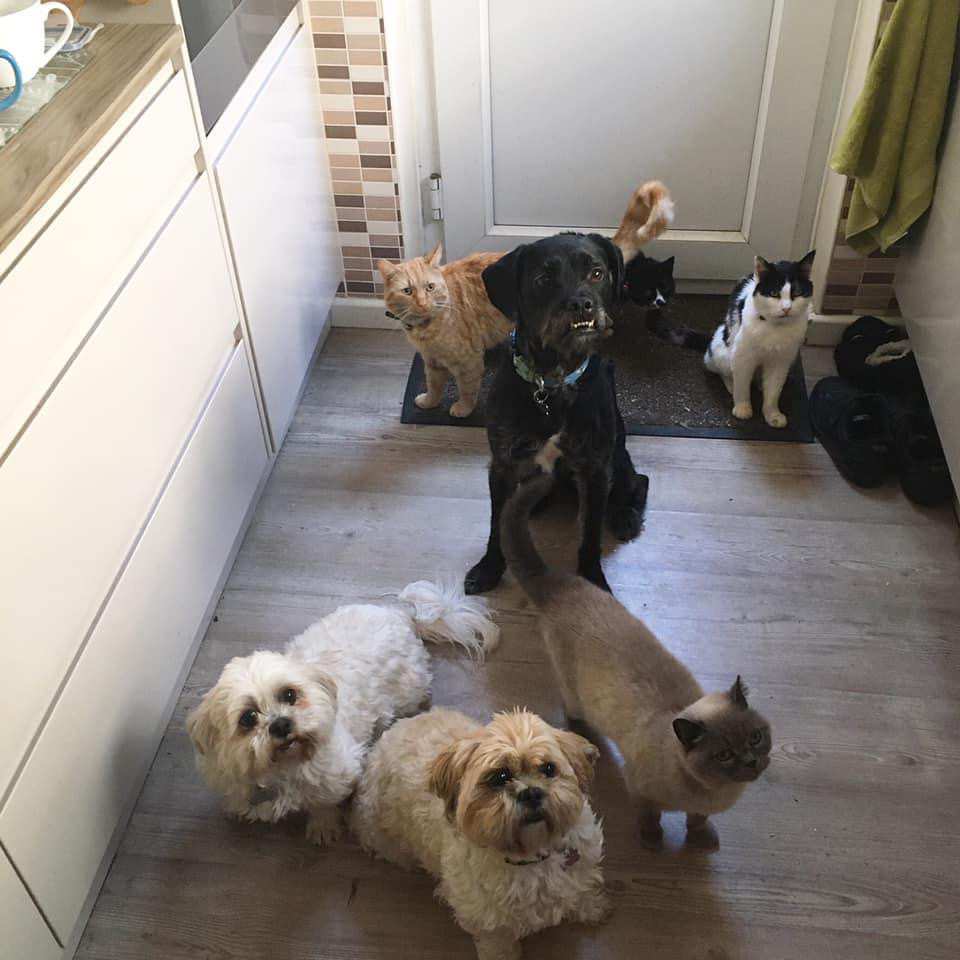
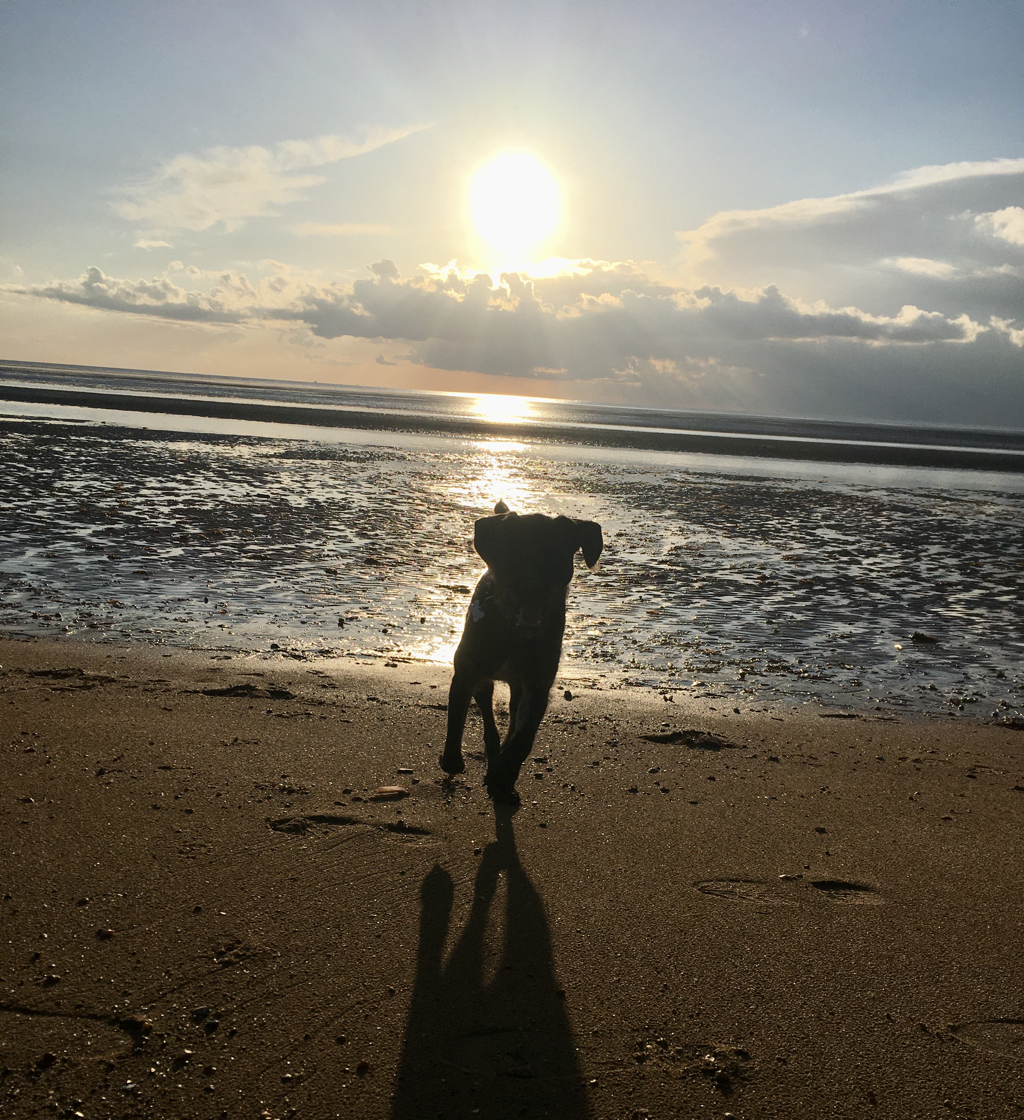
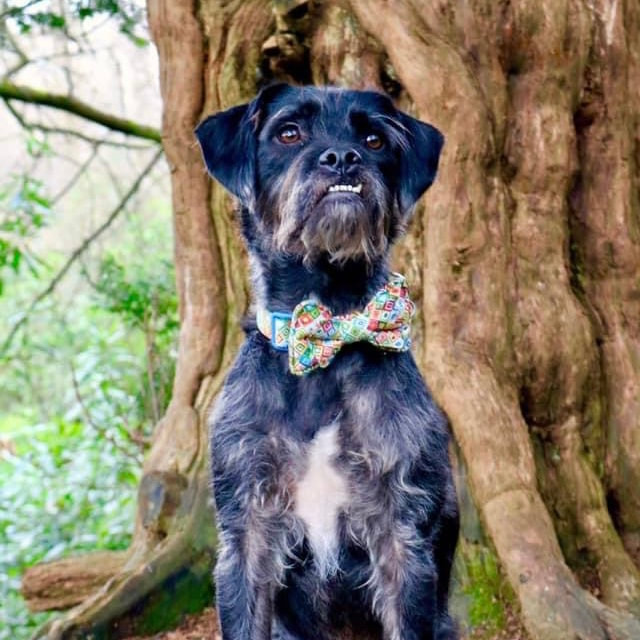
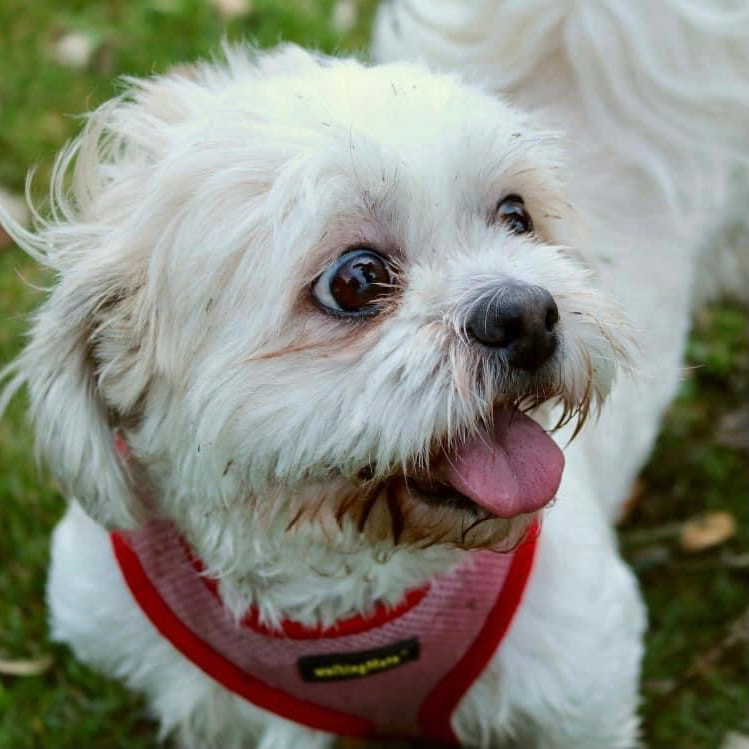
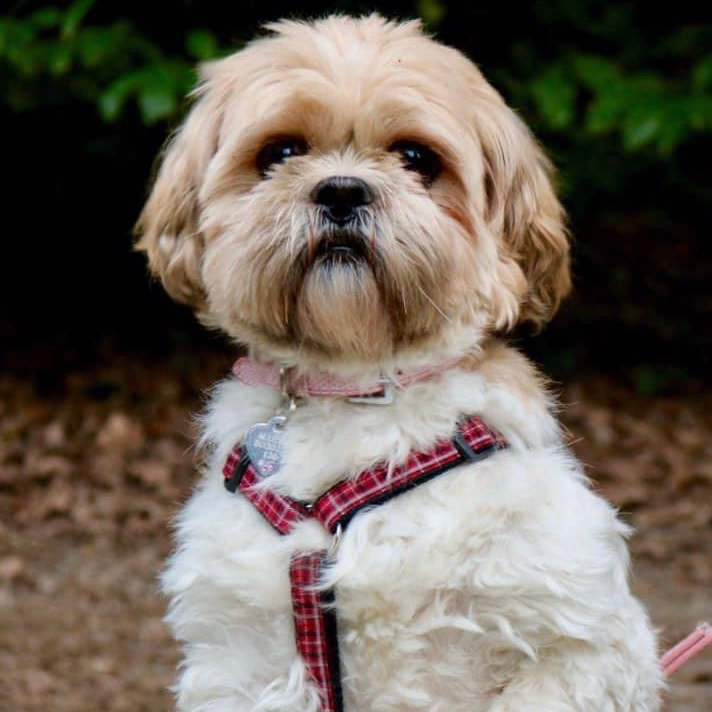
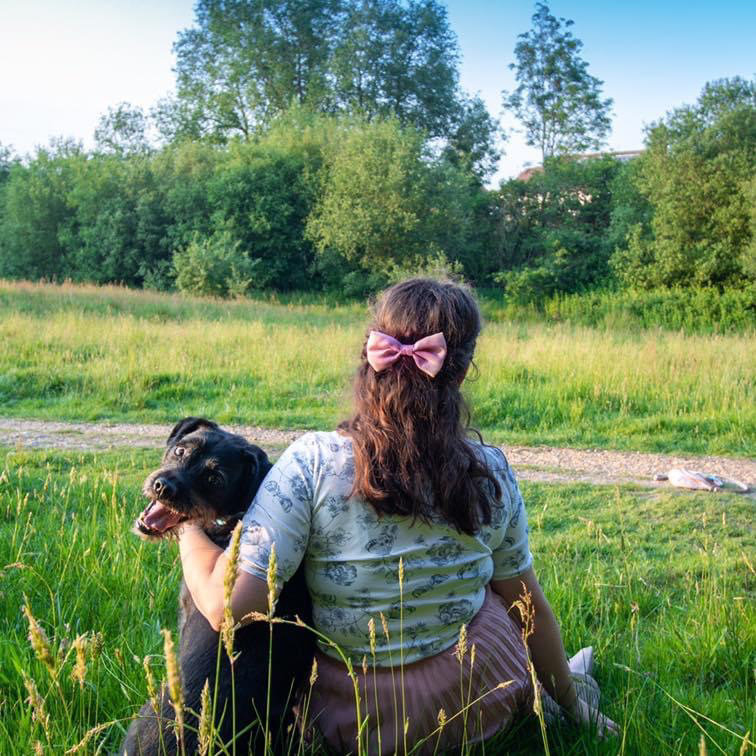
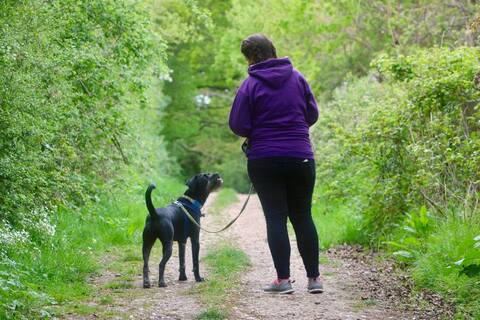
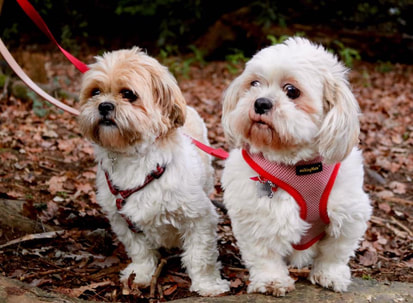
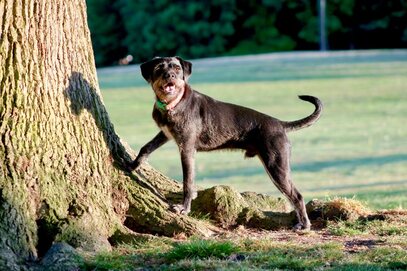
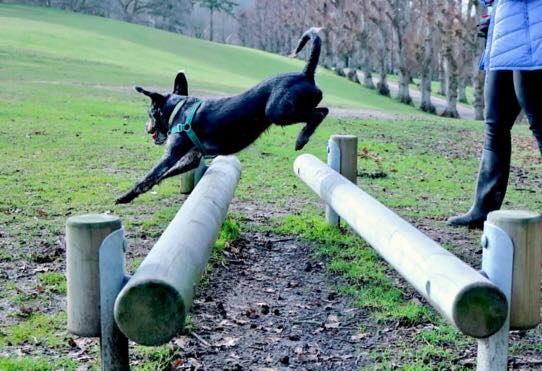
 RSS Feed
RSS Feed
